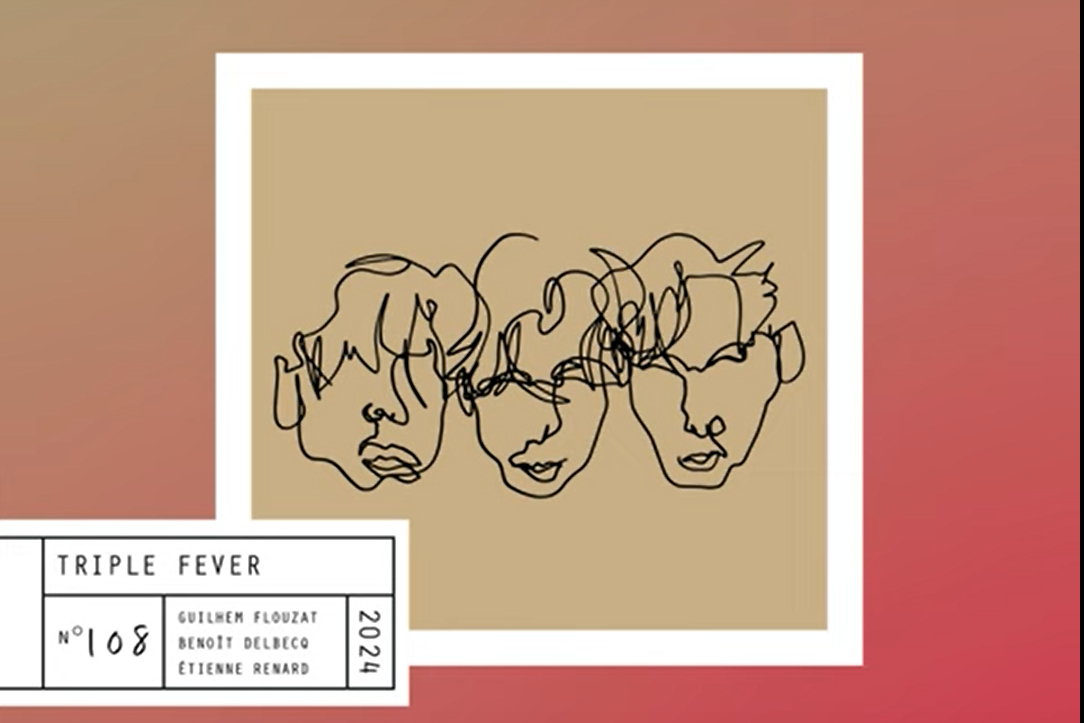Review: Norah Jones’ ‘Pick Me Up Off the Floor’
|
Getting your Trinity Audio player ready...
|
When many think of Texas, the first musicians that may come to mind are Bob Wills, Stevie Ray Vaughn, or Willie Nelson. However, these legendary figures are, in some ways, each mere reflective points. Historical emergence from the melding of countless Native, Latin, African, and European cultures has produced a rich yet underreported musical heritage. This has produced countless artists who have forged much of the sounds with us today – Ornette Coleman, Illinois Jacquet, Scott Joplin, Clifton Chenier, “Big Mama” Thornton, Clarence “Gatemouth” Brown, Janice Joplin, Lydia Mendoza, Selena, Buddy Holly, and Johnny Winter among them. With Leadbelly Ledbetter, Blind Lemon Jefferson, and T-Bone Walker, Dallas’ Deep Ellum district is rivaled only by Memphis’ Beale Street. But the state’s best byproduct comes from the melding of different cultural traditions to create new forms. For example, Tejano emerged from a meeting of Mexican and Spanish vocal traditions with historically Czechoslovakian and German accordion and rhythm. On Pick Me Up Off the Floor (Blue Note, 2020), Grapevine-raised Norah Jones continues this tradition of fusing different styles.
For her most ardent fans, this should come as no surprise. After all, her debut Come Away With Me (2002, Blue Note) placed Hoagy Carmichael’s “Nearness of You” alongside Hank Williams’ “Cold Cold Heart” and featured Bill Frisell who is adept at both. Yet there were often lines divided so that a particular approach seemingly predominated on a specific album or song. For Feels Like Home (Blue Note, 2004) it was country, Not too Late (Blue Note, 2007) folksy singer-songwriter, The Fall (Blue Note, 2009) pop, and with the incredibly underrated Little Broken Hearts (Blue Note, 2012) indie and electronic. With Day Breaks (Blue Note, 2016), she teamed up with the iconic Wayne Shorter for an in-depth exploration of jazz, including a gorgeous rendition of Duke Ellington’s “Fleurette Africaine (African Flower)”. While none was precisely limited to one type or another, the contours were mostly clear on each.
Pick Me Up Off the Floor instead questions why any separation must exist at all. “To Live” begins by borrowing from Stephen Foster and, over time, introduces New Orleans influenced horns. The burner “Flame Twin” also borrows from that city’s combination of funk rhythms, blues sentimentality, and rock attitude to produce a tune evocative of a more subdued Dr. John but with a slight twang to its electric guitar parts. “How I Weep” is a slow heavyhearted ballad that merges the emotional beauty of orchestral strings with the bandleader’s pensive piano. On “Stumble on My Way” an R&B groove and the catchiness of pop meet the lyricism of a pedal steel guitar. Throughout, the pieces shift timbre and focus but never once feel divorced or discordant. The adjustments from one to another feels like natural progressions, something made even especially impressive by the fact that the compositions were not initially intended to be collected into a single album.
One interesting facet of these pieces is their occasionally subtle cues towards Jones’ lesser-examined musical interests. While few would identify her with hip hop, she has recorded with Q-Tip, Outkast, and Talib Kweli. It is doubtful she would have undertaken these projects without at least some appreciation of their art. Although no song on Pick Me Up Off the Floor overtly recalls the style, drum-master Brian Blade’s beats on both “Hurts to Be Alone” and “Say No More” at times sound almost looped and sampled though neither are true. Although her work with Danger Mouse and Wolff Parkinson White explored the use of electronic soundscapes, it generally has not been a thread deeply developed within the pianist/vocalist’s discography. Nor is it on this release. But she still suggests this approach, albeit through the use of acoustic instruments. For instance, through the repetitive cello phrasing on “How I Weep” or the haunting arrangement of background vocals on “Heartbroken, Day After”.
Throughout, Jones’s voice retains the passion and soulfulness which has endeared her to many. Her piano performance is precise and wonderfully interwoven with the tones of her impressive collaborators, including Jeff Tweedy, John Patitucci, and Nate Smith. Additionally, the lyrics themselves are particularly fascinating. Although she has not expressed her thoughts behind them, it appears she studied poetry when composing. It shows in its emphasis on intangible emotions over linear storytelling. In many ways, this leaves the songs open to significant interpretation. Thus, while statements “Don’t look so sad, It’s not that bad, Or is it? It might be today” (“Heartbroken, Day After”) or “This life as we know it is over” (“This Life”) seem focused on the end of a romantic relationship, they are left ambiguous enough to take on a new-found poignancy in light of the pandemic.
Like the best of artists, the passage of time has allowed Norah Jones to further hone her artistic prowess and expression. At its core Pick Me Up Off the Floor builds upon her career thus far and synthesizes it into a more cohesive work in ways its predecessors did not. It is her most mature and collected work to date.
Pick Me Up Off the Floor will be available on Blue Note Records on June 12, 2020.
Or, if you would like to both purchase the album and help our site offset its operating costs, you can buy it from our Amazon affiliate store.
Tracklist: 1. How I Weep; 2. Flame Twin; 3. Hurts To Be Alone; 4. Heartbroken, Day After; 5. Say No More; 6. This Life; 7. To Live; 8. I’m Alive; 9. Were You Watching?;10. Stumble On My Way; 11. Heaven Above
Personnel: Norah Jones (vocals (1-11), piano 1-11), electric piano (3), Hammond B-3 Organ (3), drums (6), celeste (11)), Brian Blade (drums (2-6,9)), Christopher Thomas (upright bass (3,4,9)), Ruby Amanfu (background vocals (3,4,9)), Sam Ashworth (background vocals (3,4,9)), Dan Iead (pedal steel guitar (4,10)), Jeff Tweedy (electric guitar (8,11), acoustic guitar (8,11), electric bass (8)), Dave Guy (trumpet (5,7)), Leon Michels (tenor saxophone ((5,7)), Pete Remm (electric guitar (2), mini Moog synthesizer (2), Hammond B-3 Organ (2,3)), Paul Wiancko (string arrangement (1), cello (1)), Ayane Kozasa (viola (1)), John Patitucci (electric bass (2)), Mauro Refosco (shaker (3)), Nate Smith (drums (7)), Spencer Tweedy (drums (8)), Mazz Swift (violin (9), background vocals (9)), Josh Lattanzi (electric bass (10)), Josh Adams (drums (10)), Dan Rieser (drums (10)).




Love Norah and enjoyed reading your column here. Nice work!
Thank you for reading and the kind words! I agree, Norah is the best.